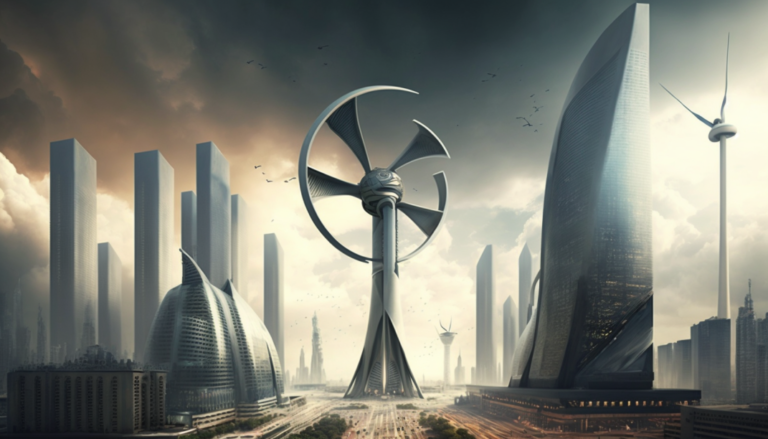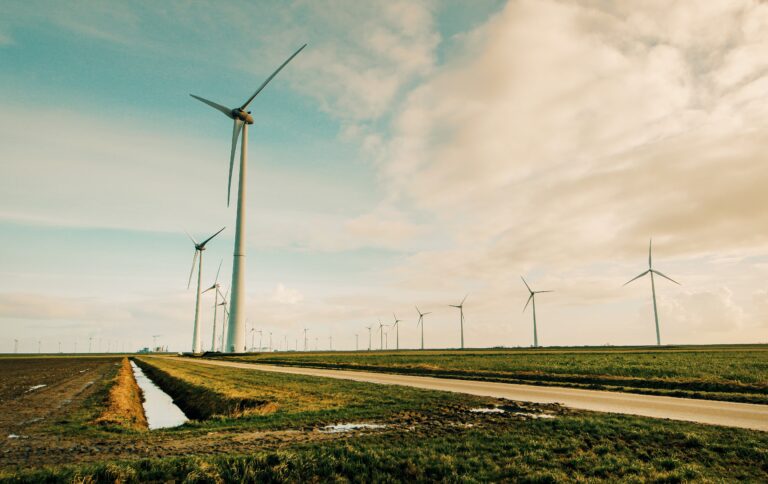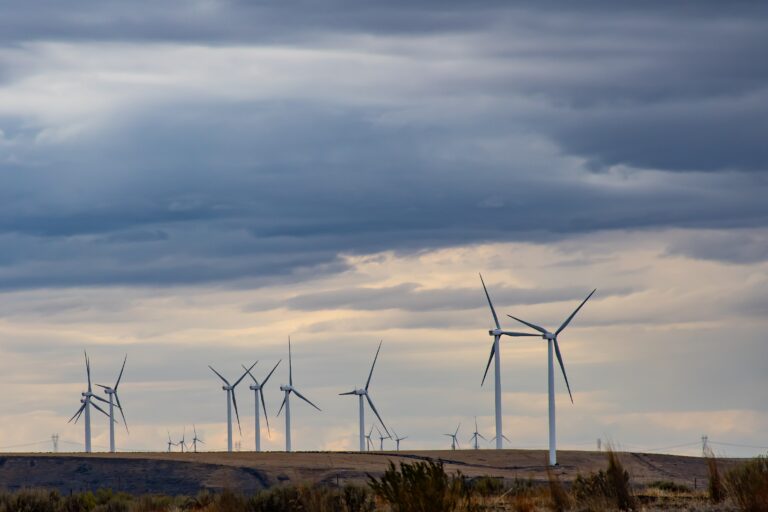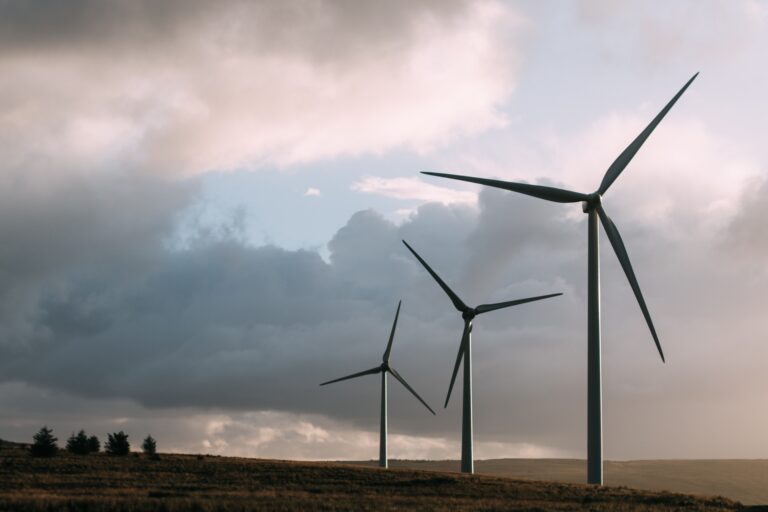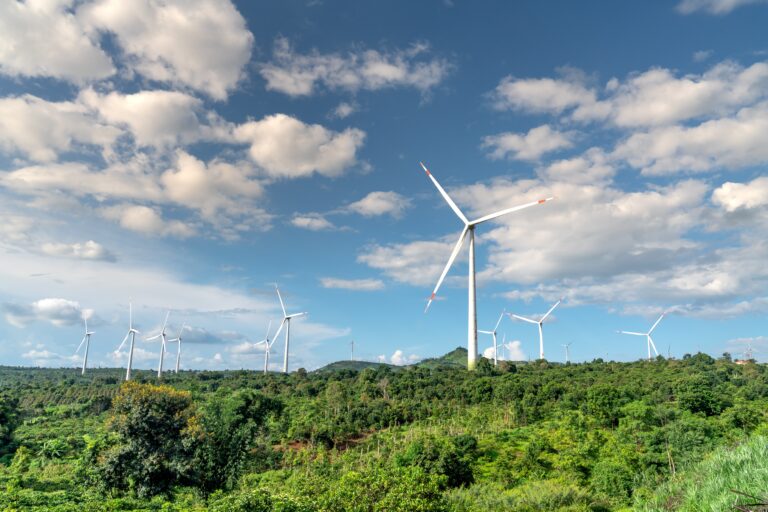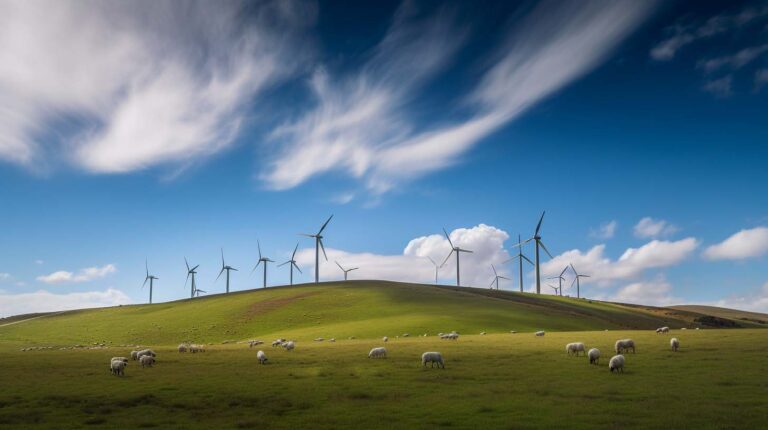The Science Behind Wind Blades and How They Work
Wind energy is an essential green energy source that is becoming increasingly important in the world’s shift to a more sustainable future. Wind power is ecologically friendly and provides significant benefits over conventional fossil fuels because it is a clean and renewable form of energy. Wind energy is also becoming more cost-effective, making it an attractive option for both large-scale power facilities and small-scale deployments. The wind blades of a turbine are the most important component because they catch the kinetic energy of the wind and transform it into rotational energy. Wind turbine blades appear in a range of shapes and sizes, and their construction is crucial to the turbine’s efficiency and performance. A well-designed wind turbine blade can greatly increase a wind turbine’s energy production while lowering maintenance and operating expenses.
This essay will provide an overview of wind energy’s significance as well as the function of wind turbine blades in capturing wind energy. It will also address the most recent breakthroughs in wind turbine blade design and technology, such as material advancements, production methods, and aerodynamics. Furthermore, the piece will cover the challenges that the wind energy business is facing and the measures being taken to surmount them. Finally, the purpose of this essay is to provide a thorough grasp of the key variables fueling the global development and success of wind energy today.
Table of Contents
How Wind Blades Work
Wind turbine blades transform the wind’s kinetic energy into rotational energy, which is then used to produce power. The fundamental mechanics of wind turbines is straightforward: as the wind moves across the surface of the blade, it causes a difference in air pressure, with reduced pressure on the side facing the wind and greater pressure on the opposing side. This pressure differential generates a force that causes the blade to rotate around its axis, which is then used to produce electricity.
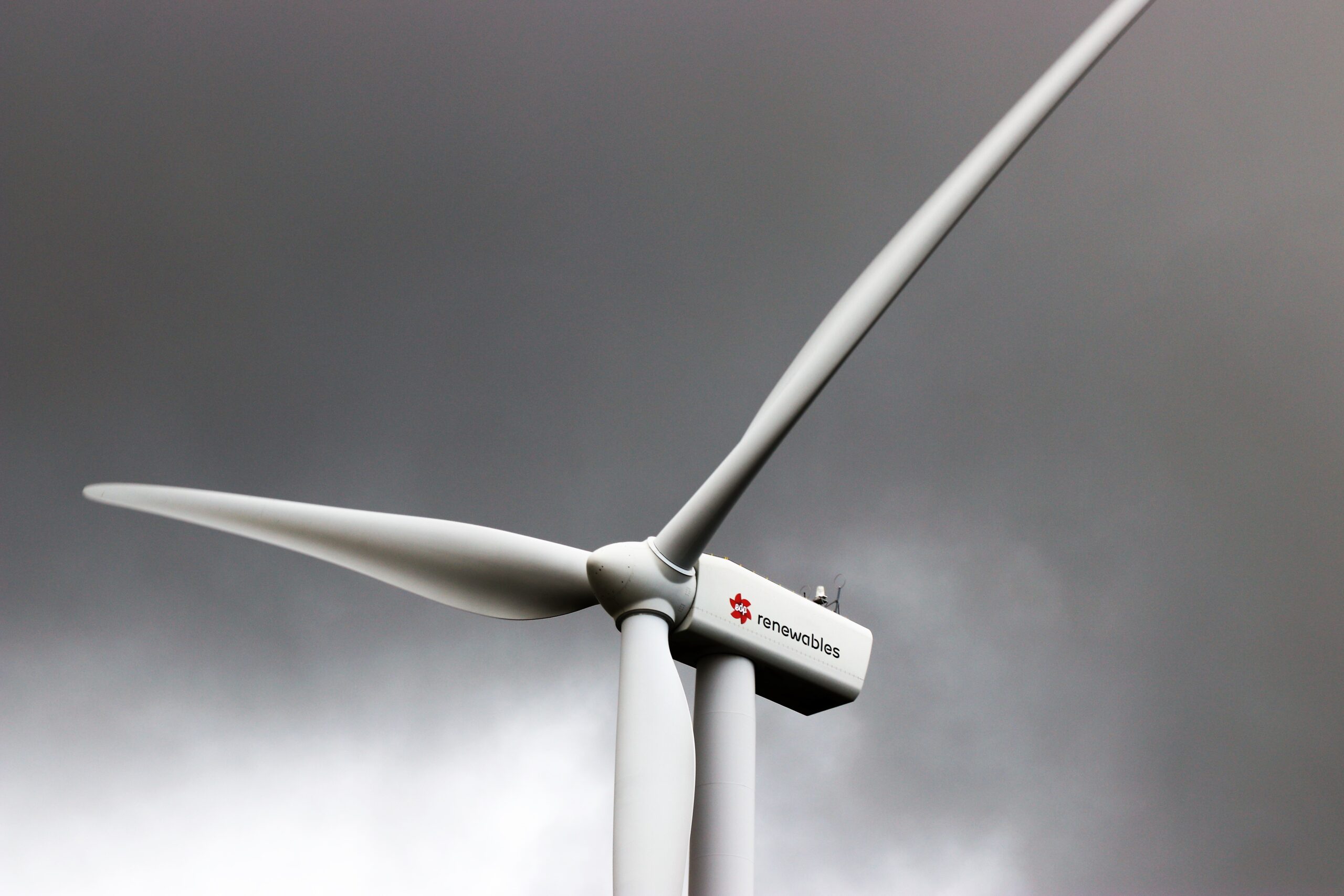
Wind turbine blade shape is an important element in efficiency. Larger surface area blades can catch more wind energy and produce more electricity, but they are also slower and less efficient. In contrast, smaller surface area blades are quicker and more efficient, but they may not produce as much power as bigger blades. The optimum shape and size of wind turbine blades are determined by a variety of variables, including wind speed, turbine height, and turbine position.
Types of Wind Blades
Horizontal-axis Wind Turbine Blades
In modern wind turbines, horizontal-axis wind turbine blades are the most prevalent form of wind turbine blade. They are aerodynamically efficient, with a curved or twisted form that enables them to efficiently collect wind energy. The blades are typically constructed of lightweight materials and are intended to be long-lasting, low-maintenance, and highly effective.
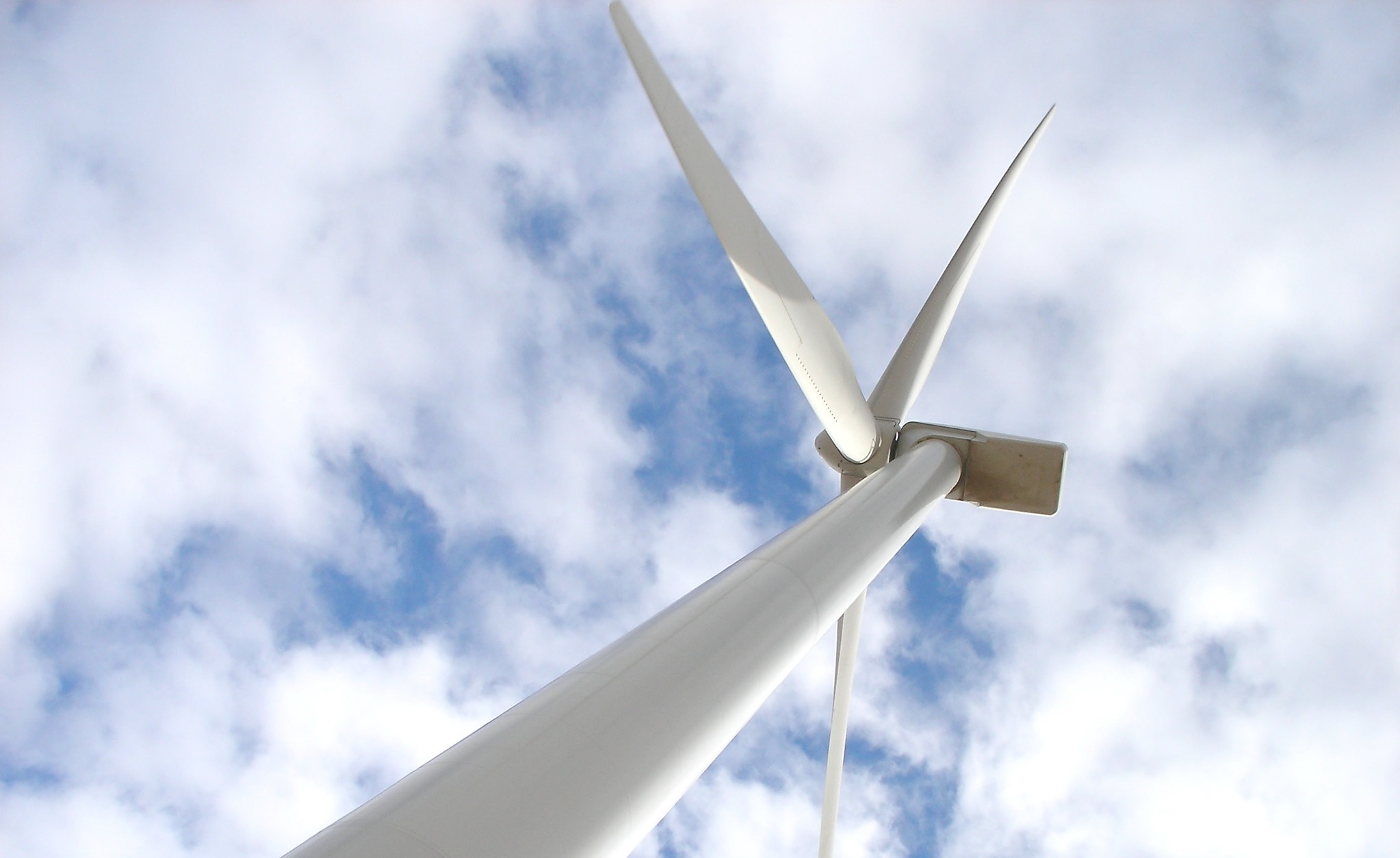
Depending on the purpose and weather circumstances, these blades come in a variety of sizes and shapes. In utility-scale wind turbines, larger blades are used, whereas smaller blades are used in domestic or small-scale uses. Overall, horizontal-axis wind turbine blades are an important component of contemporary wind turbines and serve an important part in generating wind energy.
Vertical-axis Wind Turbine Blades
Vertical-axis wind turbine blades are a form of wind turbine blade that is used in smaller-scale wind turbines, such as those used for domestic or commercial purposes. Because of their distinctive design, these blades can collect wind energy from any direction, making them perfect for use in regions where wind direction varies. The blades are usually made of metal or steel and are built to be long-lasting, low-maintenance, and compact.
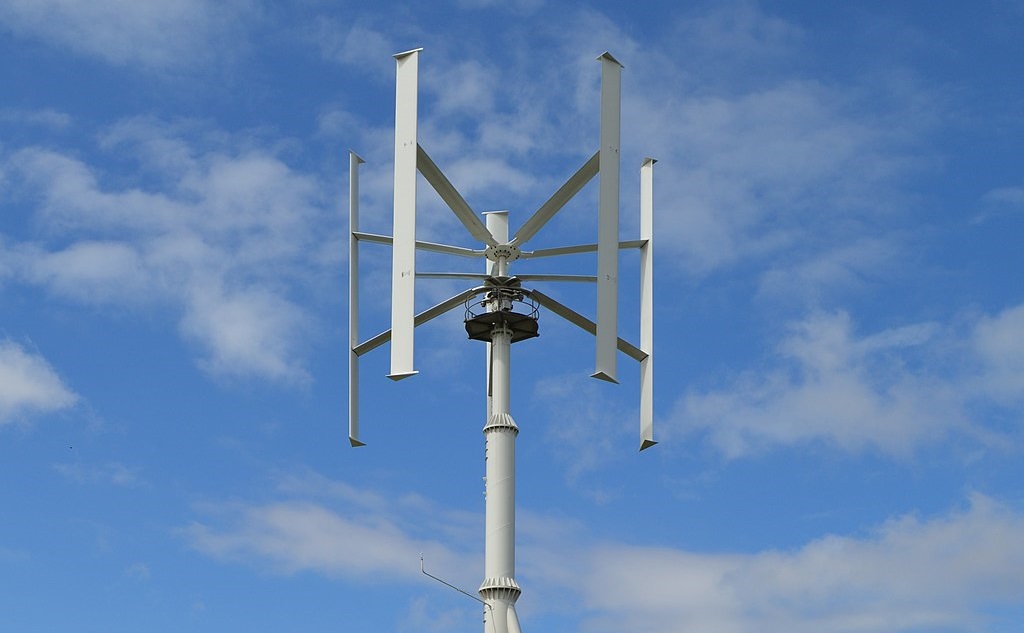
Vertical-axis wind turbine blades are usually simpler in design and depend on drag to produce electricity, as opposed to horizontal-axis wind turbine blades, which are intended to be aerodynamically efficient. These blades are frequently designed in the form of an eggbeater or a helix, with a twisted or spiral design that enables them to rotate around a central axis. While they are less effective than horizontal-axis blades, they are smaller and can be placed in tight spaces.
Pitch-controlled blades
Pitch-controlled blades are a sort of wind turbine blade that is intended to optimize wind turbine efficiency by adjusting the blade angle in reaction to shifting wind conditions. These blades, which are usually used in utility-scale wind turbines, are intended to be extremely efficient, long-lasting, and low-maintenance.
These blades’ pitch control mechanism adjusts the angle of the blades in reaction to variations in wind speed and direction. This enables the blades to keep a constant rotational speed, maximizing the quantity of electricity produced by the turbine. A computerized system usually controls the pitch control system, which tracks wind speed and direction and changes the angle of the blades appropriately.
Stall-controlled blades
Stall-controlled blades are wind turbine blades that regulate the airflow over the blade surface. These blades are intended to produce maximum lift and torque for a particular wind speed by operating at a specified angle of attack. The blade stalls when the wind speed surpasses the optimum angle of attack, decreasing lift and torque and avoiding turbine damage.
Because stall-controlled blades have a set angle of attack, they are less responsive to variations in wind conditions than pitch-controlled blades. They are, however, more dependable and less costly to produce than pitch-controlled blades, making them a popular option for small-scale wind generators.
Active aerodynamic blades
Active aerodynamic blades are a type of wind turbine blade that employs sophisticated technology to improve blade efficiency and boost wind turbine energy generation. These blades are equipped with sensors and control systems that enable them to change form and direction in reaction to changing wind conditions.
Wind speed and direction variations are detected by sensors in active airfoil blades and communicated to a control system. The control system then optimizes the shape and orientation of the blades to maximize their efficiency and the quantity of energy produced by the turbine.
Active aerodynamic blades are still in the early stages of research and are not commonly used in industrial wind generators. They do, however, have the ability to greatly improve wind turbine efficiency and production, making them a hopeful technology for the future of wind energy.
Passive aerodynamic blades
Passive aerodynamic blades are a type of wind turbine blade that uses innovative design features to improve their performance and increase the amount of electricity generated by a wind turbine. These blades incorporate aerodynamic features such as twists, curves, and serrations that alter the airflow over the blade surface, allowing them to generate more lift and reduce drag.
Passive aerodynamic blades typically have a fixed shape and do not require any additional sensors or control systems. Instead, they rely on their unique design features to optimize their performance and increase the amount of electricity generated by the turbine.
Passive aerodynamic blades have been shown to be highly effective in improving the performance of wind turbines, particularly in low-wind-speed conditions. They are also simpler and more affordable to manufacture than active aerodynamic blades, making them an attractive option for smaller-scale wind turbine installations.
Designing Wind Blades
Wind turbine blade design is a complicated procedure that combines engineering, aerodynamics, and materials science. The design method starts with determining the wind turbine’s particular needs, such as the intended power output and operating circumstances. Engineers then use computer models and modeling to create a blade that maximizes wind energy extraction while reducing the effect of exterior variables such as wind turbulence.
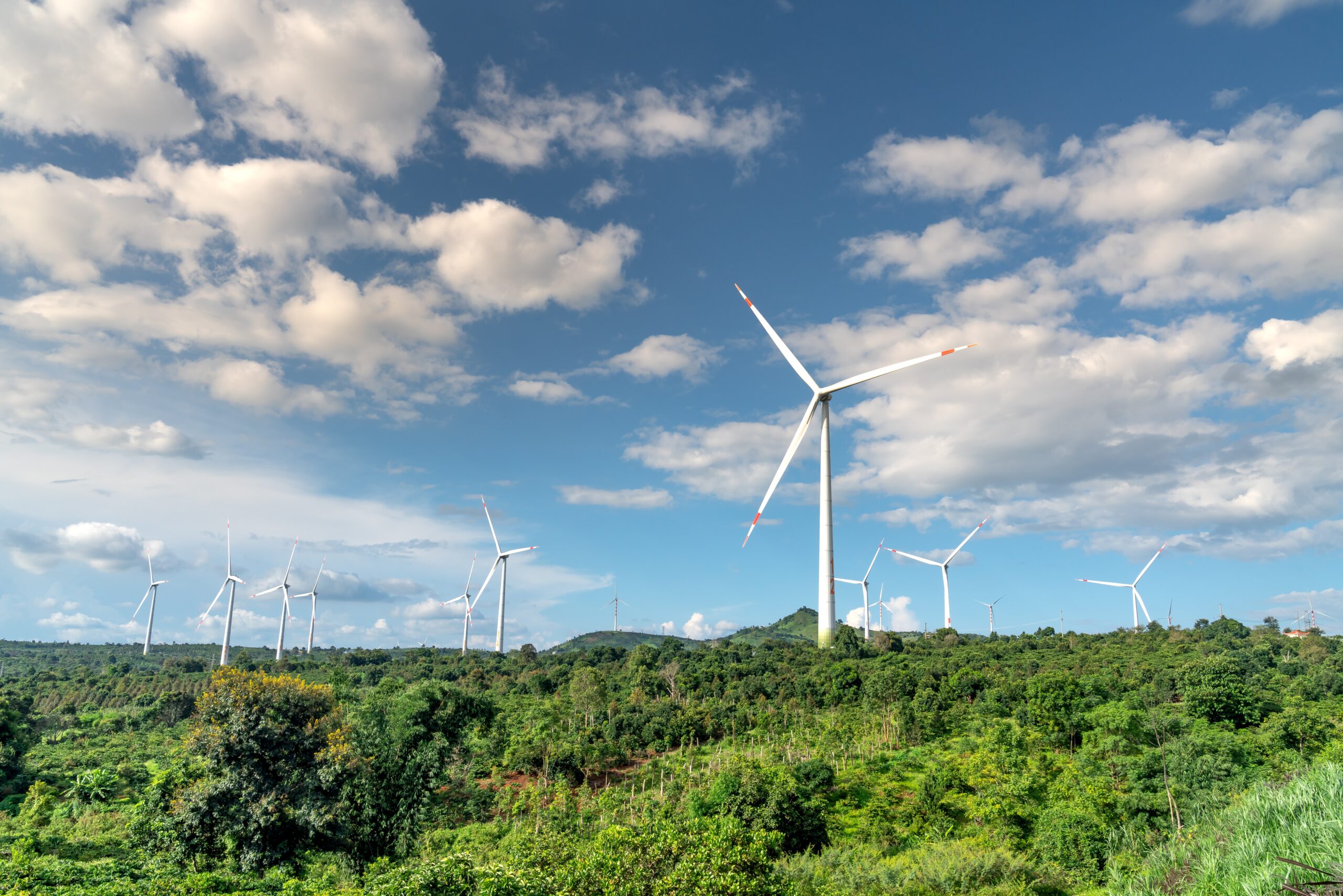
Computer simulations are essential in wind blade design because they enable engineers to try and improve designs before they are literally manufactured. Complex methods and computational fluid dynamics are used in these models to anticipate how the blade will perform in various weather conditions, giving useful insights into how the blade’s shape, size, and material makeup can be adjusted for optimum efficiency.
Wind turbine blades are usually made of composite materials with high strength-to-weight ratios and resilience to fatigue and corrosion, such as fiberglass or carbon fiber. These materials are stacked and molded to create the shape of the blade, which is typically a complicated, curved structure intended to produce lift and thrust as the wind blows across the surface.
Hand lay-up, in which layers of composite material are physically applied to a mold, and automated fiber placement, in which layers of material are applied to the mold by a robotic arm, are two common production methods for wind turbine blades. Curing the blades in a heated room helps to solidify the substance and gives the blade its final form and power.
Maintenance of Wind Blades
Wind turbine blade maintenance is essential to assuring a wind turbine’s continued performance and efficiency. Wind blades are subjected to a variety of environmental variables, such as wind, rain, and weather changes, which can result in wear and strain over time. Regular maintenance aids in the detection and resolution of issues before they become more severe, resulting in expensive fixes and delays.
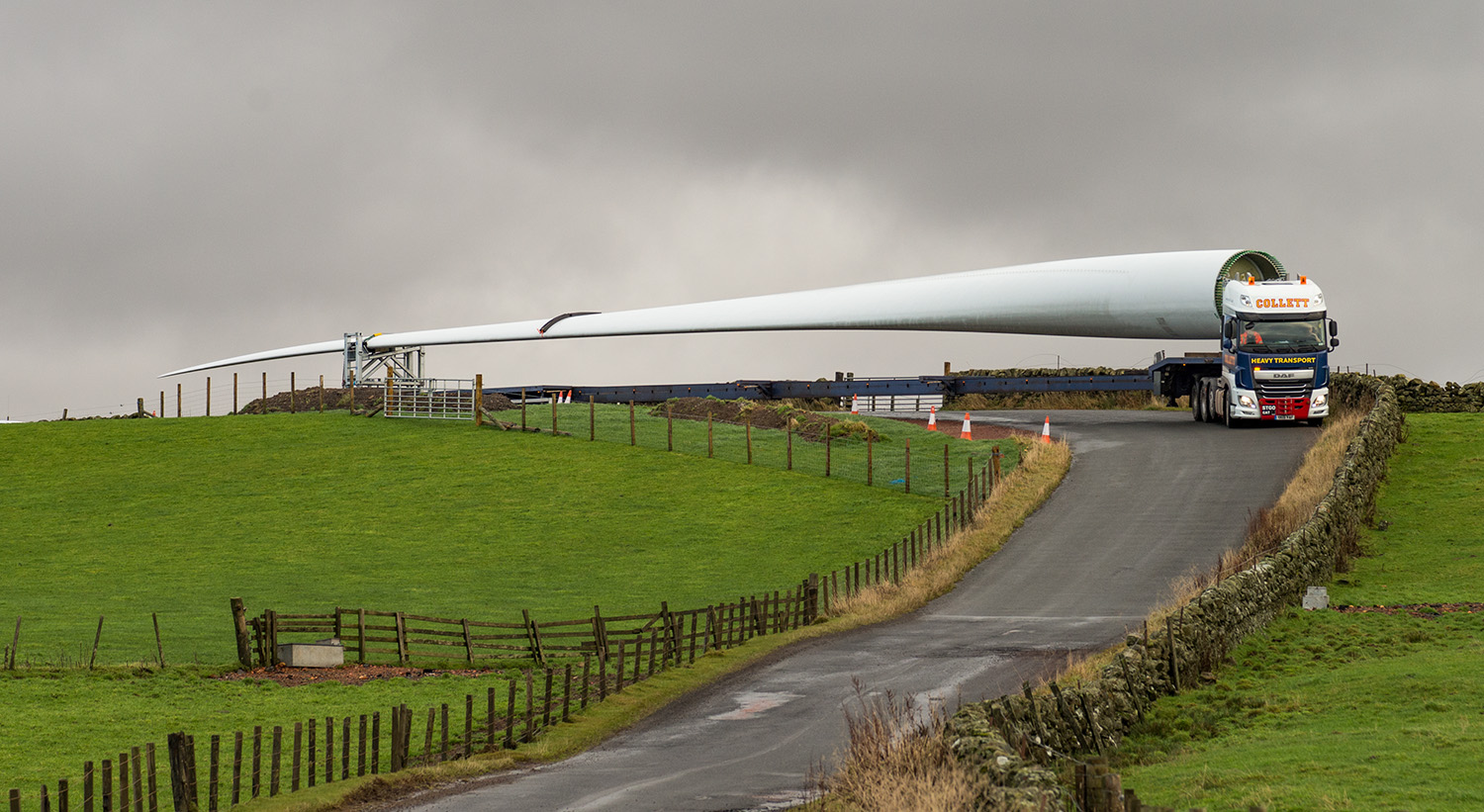
Erosion, delamination, splitting, and lightning impacts are all common issues with wind blades. Erosion happens when windblown grit and detritus wear down the surface of the blade over time, whereas delamination occurs when the layers of composite material begin to separate. Stress or fatigue can cause cracking, and lightning impacts can harm the blade’s surface and interior structure.
Wind turbine blades are examined on a frequent basis for these problems using a mix of eye examinations and non-destructive testing methods such as ultrasonic testing or thermography. Once a problem has been found, the appropriate repair method, which may include patching, filling, or replacing injured portions, can be chosen.
Monitoring wind turbine rotor performance is also essential for ensuring their continued health and effectiveness. This can include tracking the production of the turbine as well as performing frequent checks to look for indications of wear or harm. Changes in blade vibration, temperature, and other performance measures can also be detected by advanced tracking systems, enabling workers to identify and resolve issues before they become more severe.
FAQ
What is the lifespan of a wind turbine blade?
The lifespan of a wind turbine blade varies based on several variables, including the materials used in building, the position of the turbine, and the operator’s maintenance practices. Most wind turbine makers predict that their blades will last 20 to 25 years. Wind turbine blades can, however, be kept in service for extended amounts of time with appropriate maintenance and repairs.
Can wind turbine blades be recycled?
Wind turbine blades can be recycled, but the procedure is complicated and difficult. Wind turbine blades are usually made of a composite material blend of fiberglass, carbon fiber, and resin, making recycling challenging. However, several recycling methods that can break down these materials and remove useful components for reuse are being created. One method is to grind the blades into tiny bits and use them as a raw material substitute in other products such as cement or asphalt. Another method is to use chemical methods to isolate and purify the various components in the blades. While wind turbine blade recycling is still in its early stages, there is rising interest in finding sustainable ways to deal with the increasing number of blades that will need to be decommissioned in the future years.
How do wind turbine blades withstand extreme weather conditions?
Wind turbine blades are designed to withstand a range of extreme weather conditions, including high winds, lightning strikes, and heavy rain or snow. They are typically made from composite materials that are strong, durable, and lightweight. Wind blades are designed with a curved shape that allows them to capture as much wind energy as possible while reducing the amount of stress on the blade. To protect against lightning strikes, wind blades are often coated with a conductive material or equipped with lightning rods. Finally, wind turbine blades are subject to rigorous testing and certification standards to ensure that they can withstand extreme weather conditions.
Can wind turbines work without blades?
Wind generators cannot function without blades. The wind turbine blades are an important component that captures wind energy and transforms it to mechanical energy. There is nothing to capture the breeze and no means to produce electricity without blades. While some experimental designs for bladeless wind turbines have been developed, they have yet to be demonstrated to be as effective as conventional blade-based designs. As a result, wind turbine blades stay an important component.
What is the most efficient shape for wind turbine blades?
The most efficient form for wind turbine blades is a design choice that is dependent on the particular wind turbine and its intended use. However, in general, bent or “airfoil” shaped blades are the most effective. The blades’ shape enables them to collect more wind energy while decreasing drag and turbulence. Furthermore, longer and narrower blades are more effective than shorter and wider blades because they have a larger surface area to collect wind energy. The precise form and size of wind turbine blades will be determined by a number of variables, including wind speed, turbine size, and the project’s particular requirements.
Final Thoughts
This essay has addressed the fundamentals of wind turbine blades, such as design, function, and maintenance. Wind energy is becoming an increasingly essential component of the world’s renewable energy balance, and wind turbine technology is improving. Wind blade technology advancements have the potential to increase wind turbine effectiveness and longevity, enabling them to produce even more renewable energy in the future. Please share your questions or remarks about wind turbine blades or the importance of wind power in renewable energy in the comments section below.

